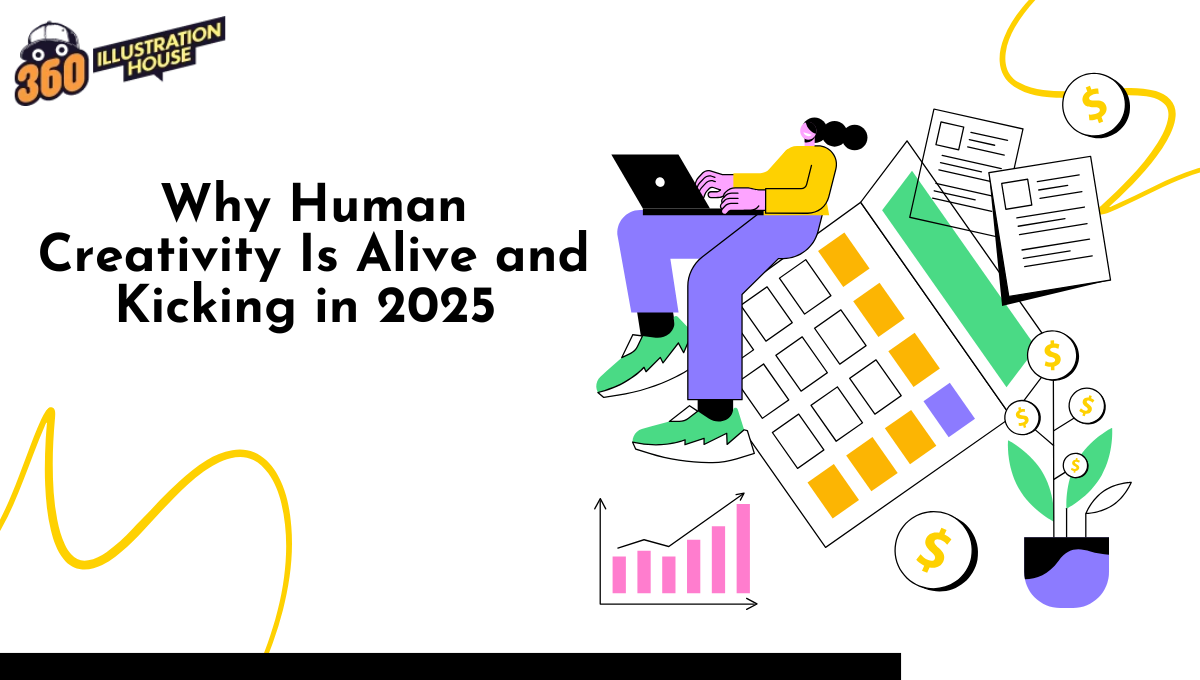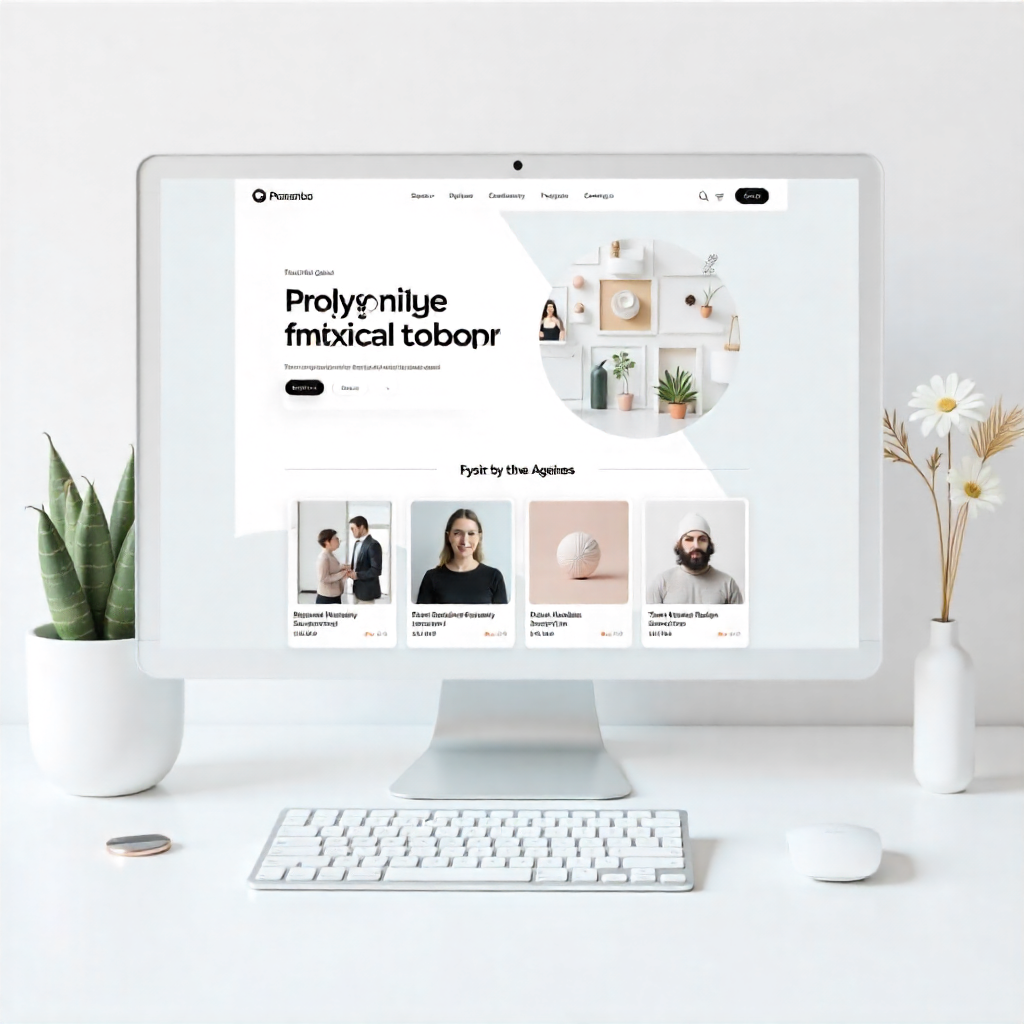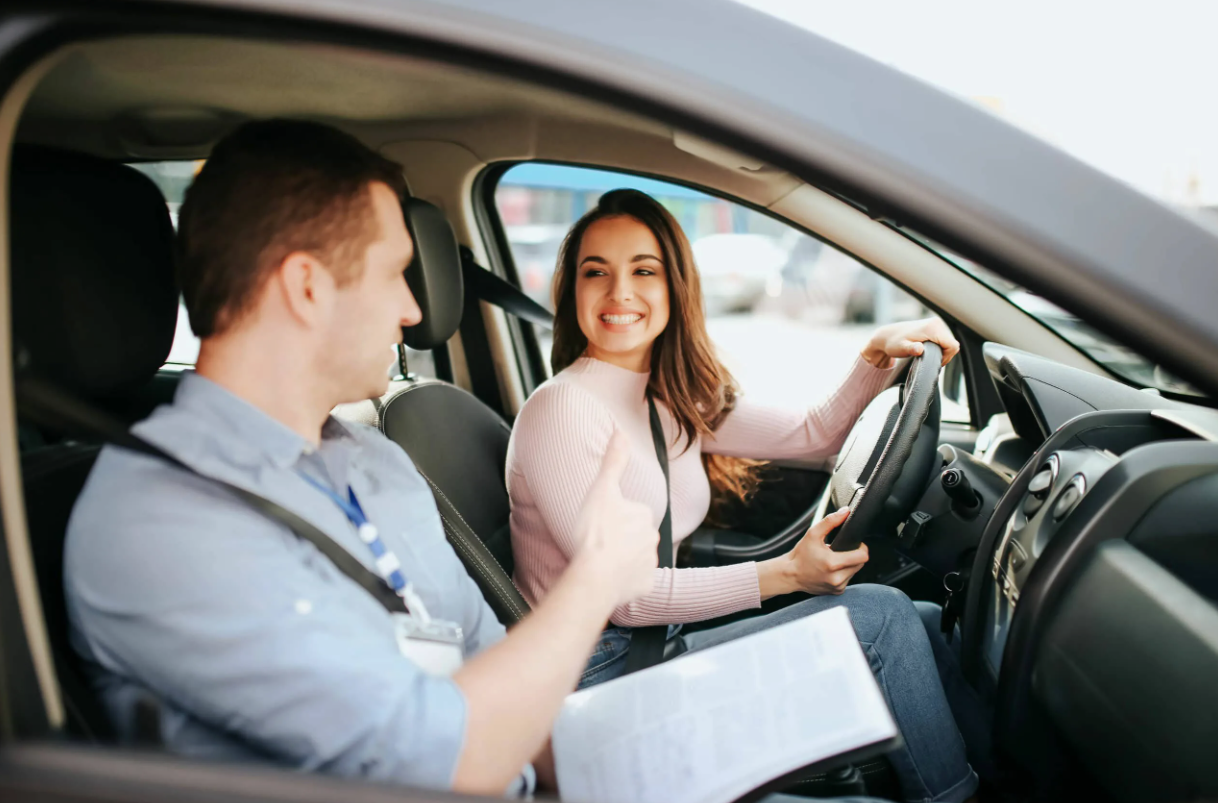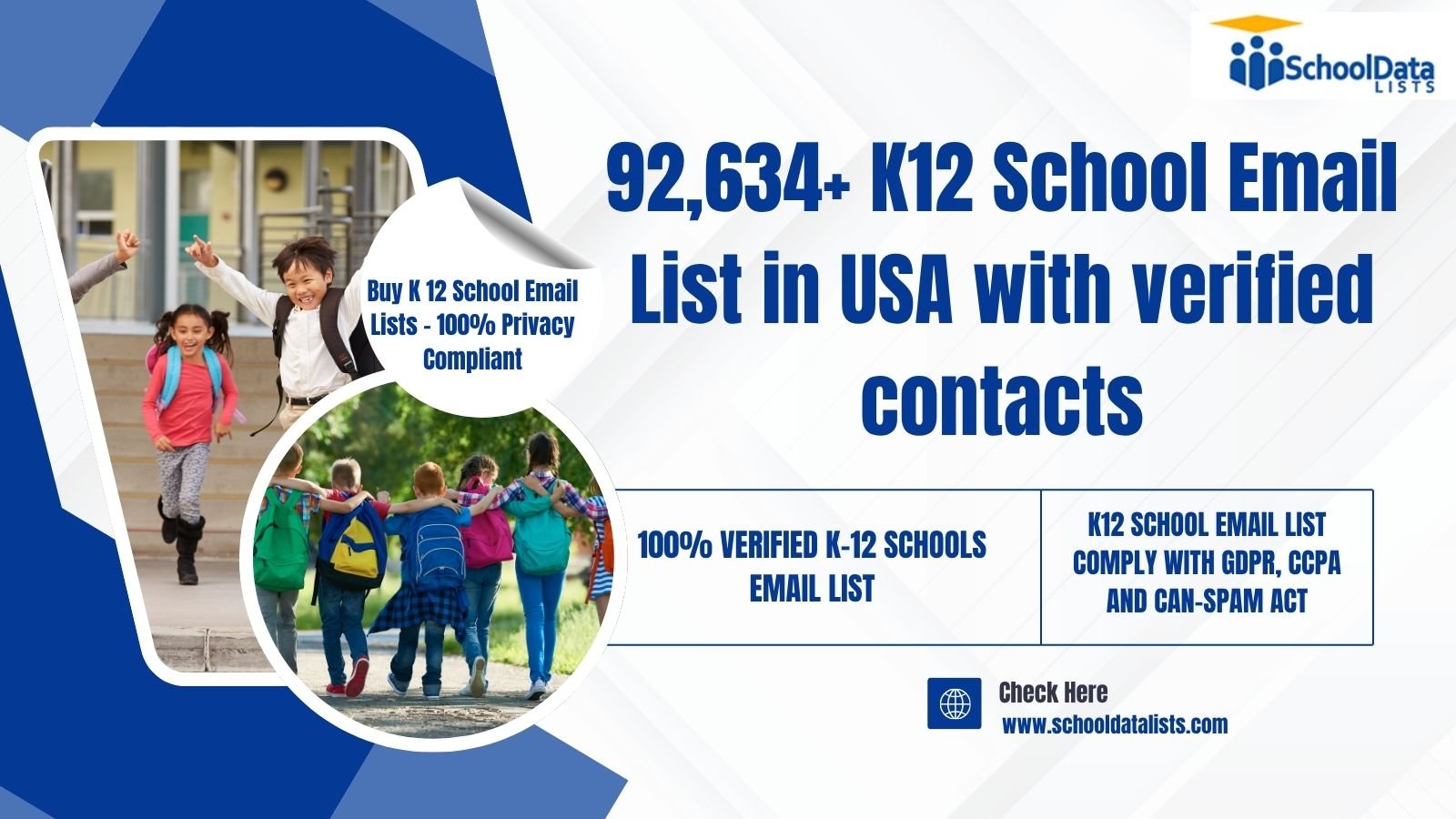In 2025, social feeds are overflowing with AI-generated masterpieces. Nowadays, glowing portraits, cinematic scenes, and surreal visuals are made in seconds. It feels like art has become a factory product.
But behind all this noise, something unexpected is happening. Artists are not vanishing. In fact, they’re adapting. In other words, you can say that human creativity hasn’t disappeared. It’s evolving in real time. This year’s “AI art panic” isn’t really about machines taking over. It’s about people remembering what makes a creation human in the first place.
Let’s look closer at what this panic is really about and what it teaches us.
Key Takeaways
- The 2025 AI art boom flooded the web and renewed appreciation for human art.
- Human Creativity thrives on empathy, intent, and imperfection, traits that algorithms can’t copy.
- Artists are redefining their roles by blending intuition with intelligent tools.
- Emotions directly affect art’s value, not just aesthetics or speed.
- The art world is moving toward collaboration, not competition, between humans and AI.
Human Creativity in 2025: The AI Art Boom That Sparked a Global Panic
2025 became the year of instant art. With upgraded generative models and open APIs, creating complex visuals required no skill, just a few words (prompt). Different platforms flood the internet with billions of AI images every month. This explosion created both fascination and fatigue.
Artists feared irrelevance. Clients questioned budgets. Some even declared the death of human creativity. Yet amid the noise, a different truth surfaced: the market was full of images, but short on meaning.
Here’s what really happened:
- AI tools removed technical barriers but not the creative purpose.
- Automation brought speed, but speed made art disposable.
- Viewers started craving intent, not perfection.
As this wave grew, two strong patterns started to define the year: how fast things changed, and how quickly people’s excitement turned into exhaustion.
1. The Speed Trap
The faster AI made art, the faster audiences got bored. Endless content without a soul created digital fatigue. A Digital Trends Report says that brands that rely heavily on automated creative tools face declining engagement because audiences increasingly demand authentic, emotionally resonant content.
2. The Turning Point
By mid-2025, many brands and collectors realized AI-generated art couldn’t sustain emotional engagement. The creative edge wasn’t in the tool but in the mind using it. Artists who adapted started leading again by using AI as a brush, not a replacement. They often blend it with professional illustration services online to maintain quality and authenticity.
Why “Perfect” Art Bores Us Now
Psychologically, humans connect through flaws. A slightly uneven brushstroke or an offbeat color choice feels more alive than a flawless render. Perfection is predictable. However, imperfection signals presence, and that’s where human creativity stands out.
In art, that difference is everything!
Imperfection Winning Hearts
See how:
- It reflects effort, proof that someone cared enough to try.
- It carries emotion, traces of uncertainty that feel real.
- It shows identity, a personal fingerprint in a sea of sameness.
- It offers surprise moments AI can’t predict.
The Flaw Theory
Creators now talk about “The Flaw Theory.” It is the idea that audiences seek emotional relief in imperfection. On TikTok and Instagram, handmade sketches, doodles, and “bad” art posts often outperform the more-than-perfect visuals created by AI because they feel genuine. This principle drives the demand for affordable custom illustration services, where individuality still matters.
When the Algorithm Evolved, So Did the Artist
Once artists stopped competing with AI, they began to reinvent their process. The smartest ones realized the tool could handle mechanics while humans handled meaning. This shift created a new creative identity: the hybrid artist.
Instead of treating AI as an intruder, they treated it as an intern that drafts fast but doesn’t decide direction. Artists became editors, storytellers, and emotional architects again.
The Rise of the Hybrid Creator
Here’s how this evolution looks in real workflows:
- Writers use AI for rough outlines, then rewrite for tone and empathy.
- Illustrators generate quick sketches, then paint over them for character.
- Musicians remix AI beats with live recordings for raw energy.
Hybrid creators bridge logic and emotion. They use AI for exploration, not expression. In 2025, creative collectives are hosting “co-draw sessions,” where AI builds compositions and humans finish them, blending speed with human creativity.
What AI Still Can’t Fake, and Never Will
AI has mastered imitation. What it still can’t do is originate. Real creativity isn’t about combining data. It’s about reacting to life, emotion, and culture.
The three most important components of origination that AI can’t imitate are as follows:
1. Context
Humans create for reasons beyond prompts, such as grief, joy, protest, and memory, whereas AI lacks cultural awareness. It can copy style but not circumstance. A protest poster or a personal portrait carries weight because it’s born from why, not how.
2. Rebellion
Every creative movement, from cubism to punk, started as defiance. AI, however, can’t rebel. It follows rules. Humans can question and redefine them. That’s the essence of artistic growth, the foundation that even high-quality digital illustration services rely on to bring personality into every stroke.
3. Empathy
AI can simulate emotion through data patterns, but can’t feel it. Empathy drives connection, and that connection sells. A campaign image made by a real artist feels relatable because it mirrors human emotion, not code.
Conclusion
The panic about AI replacing artists missed the real story. Automation didn’t erase creativity. It forced it to evolve. The tools changed, but the instinct stayed the same. People still crave meaning, and meaning still requires a human hand.
In 2025, human creativity isn’t dying, it’s rewriting its own rules. The future of art isn’t about man versus machine. It’s about how they can think together. Because AI can draw what’s seen, but only humans and the minds behind professional illustration design services can paint what’s felt.
FAQs
Q1: Has AI reduced the demand for human artists?
- Not really. It shifted the focus from production to originality. Companies still hire illustrators, photographers, and writers, but now for creative direction, not just execution.
Q2: How can artists stay ahead in the AI era?
- By mastering judgment and storytelling. The skill isn’t knowing every tool, it’s knowing why and when to use them.
Q3: What defines authentic human creativity today?
- Intent and emotion. Real creativity comes from context, personal experiences, emotions, and social messages. AI can assist, but it can’t invent meaning or interpret human feelings.
Q4: Will AI ever fully replace human art?
- Never. AI will get faster and smarter, but art is more than aesthetics. It’s communication. Humans create to express, connect, and challenge norms that require consciousness and empathy.
Q5: What’s the next step for creative industries?
- Hybrid creation. Schools and studios are now teaching AI literacy alongside design fundamentals. The future isn’t about resisting AI. It’s about using it responsibly to amplify human originality.













Leave a Reply